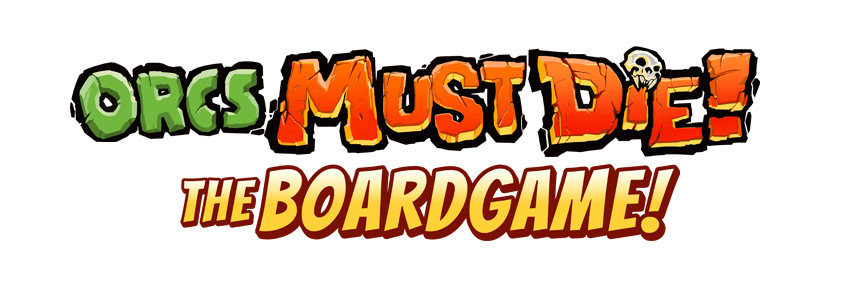A backer asked how we are handling different numbers of players. If you play co-operative games, you know this isn’t always done perfectly. He noted that each Army in Orcs Must Die! The Boardgame has 3 cards. He wonders how this works with fewer players.
So I thought, as I’d explained it to him, I’d explain it to all. Each Army is always 3 cards (though some maps have more than one Army). However, each card comes with three blocs of text – for different numbers of players. For example, I just randomly drew two cards from my decks just now and they are pictured below:

Orcs Must Die Stats3
The average number of creatures is carefully scaled so that the 3 player game has 75% as many enemies as the 4 player game, and the 2 player game has 50% of the enemies. (The two cards above don’t follow this precise scaling, but as you draw multiple cards, they draw near to the mean.) Other features in the game also scale with the number of players. For example, the number of skulls required to upgrade your war camp scales with players.
So in our tests, 2, 3, and 4 players all seem to win (and lose) about the same percentage of the time.

